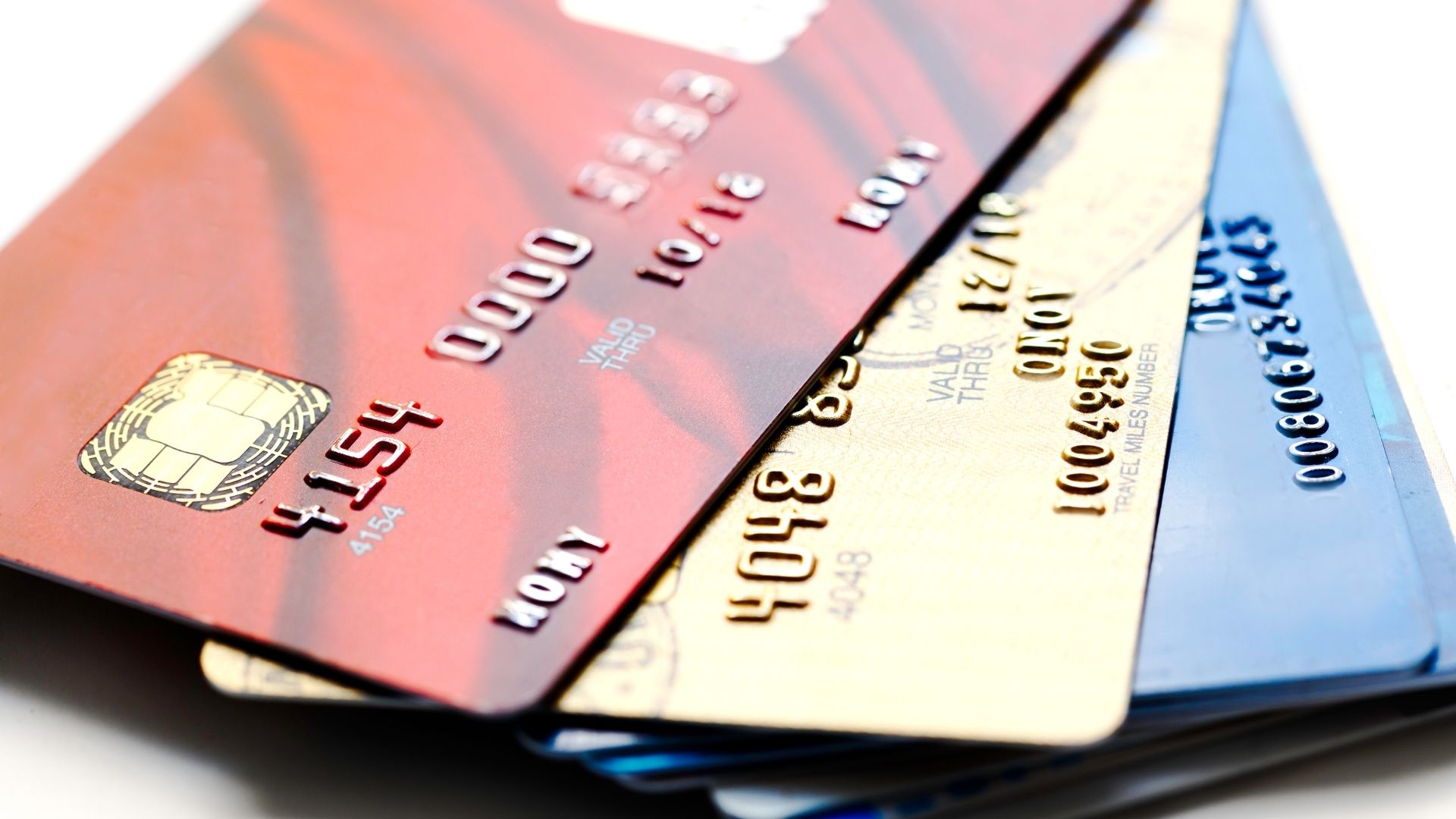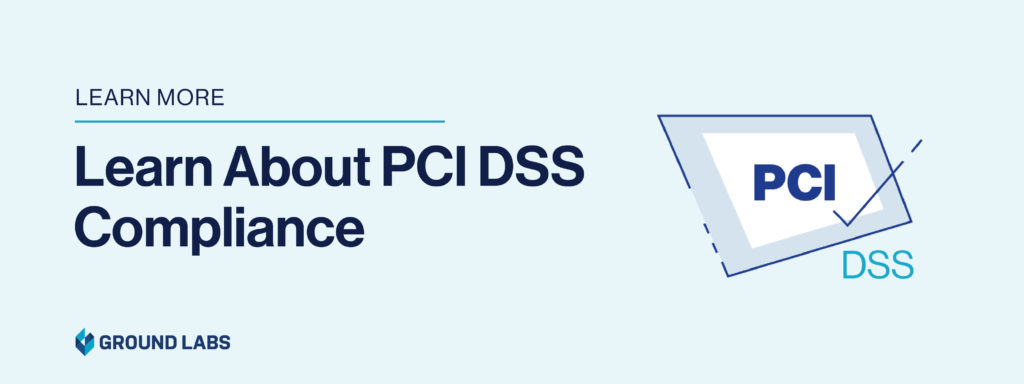
Blog Post
Anatomy of a Credit Card: Luhn Checks, BIN Ranges, and Data Discovery
When it comes to the anatomy of a credit card, we often get the same questions regarding the length of a PAN number, BIN ranges, and Luhn checks when dealing with cardholder data discovery projects.
We thought some clarification was needed so we will describe below what a PAN number is made of, what BIN ranges refer to, and how you can work out a Luhn check (also know as MOD10) and validate a credit card using pen and paper.
Autonomy of a Credit Card Number: 3 Parts to Know
A credit card number, for example: 1234567812345678, consists of 3 parts:
- The bank identification number: The first six digits are the bank identification number (BIN) or issuer identification number (IIN) to identify the issuer of the card.
- The account number: The number between the bank identification number and the check digit is 6 to 9 digits long and is used to identify the individual account number.
- The check digit: The last digit is the check digit and is added to validate the authenticity of the credit card number (based on the Luhn algorithm).
Bank Identification Number (BIN) & Issuer Information Number (IIN) ranges

The first digit of the card represents the category of industry (IIN) that issued your credit card. For example if you use VISA or MasterCard, your card’s first digit should be either 4 or 5 as they are from the banking and financial industry. American Express is in the travel category and cards issued by them have 3 as the first digit.
Below are some BIN numbers associated with related brands. As you can see the length of a credit card will vary depending on the brand and they are not all 16 digits.
|
Credit card brand |
Bank identification number prefix |
Credit card number length |
|
American Express |
34|37 |
15 |
|
Diners Club Carte Blanche |
300-305 |
14 |
|
Diners Club International |
36 |
14 |
|
Diners Club US and Canada |
54|55 |
16 |
|
Discover Card |
6011|622126-622925|644-649|65 |
16 |
|
InstaPayment |
637-639 |
16 |
|
JCB |
3528-3589 |
16 |
|
Laser |
6304|6706|6771|6709 |
16-19 |
|
Maestro |
5018|5020|5038|6304|6759|6761|6762|6763 |
12-19 |
|
Mastercard |
51-55 |
16 |
|
Visa |
4 |
13-16 |
|
Visa Electron |
4026|417500|4508|4844|4913|4917 |
16 |
Using Luhn algorithms and MOD 10 checksums
The final digits of your credit card number is a check digit, akin to a checksum. The algorithm used to arrive at the proper check digit is called the Luhn algorithm, after IBM scientist Hans Peter Luhn (1896-1964).
The LUHN Formula, known also as a Mod 10 calculation, can be used to validate primary account numbers.
How does it work using pen and paper?
Calculating the LUHN formula by hand includes a few different steps. They include the following.
1. Write down the credit card number:
4417 1234 5678 9113
2. Starting from the check digit and moving to the left, double every second digit
4(x2) 4 1(x2) 7 1(x2) 2 3(x2) 4 5(x2) 6 7(x2) 8 9(x2) 1 1(x2) 3
The doubled numbers result in: 8 2 2 6 10 14 18 2
3. If the result of the doubling ends up with a 2 digit number then add those 2 digits together:
10 = 1+0 14= 1+4 18= 1+8
4. Add up all numbers: 8+4+2+7 + 2+2+6+4 + 1+0+6+1+4+8 + 1+8+1+2+3 = 70
If the final sum is divisible by 10, then the credit card is valid. If it is not divisible by 10, the number is invalid or fake. In the above example, credit card number 4417 1234 5678 9113 has passed the Luhn test.
Final Thoughts
The LUHN formula was designed to protect against accidental errors, not malicious attacks. Most credit cards and many government identification numbers use the algorithm as a simple method of distinguishing valid numbers from random digits. The LUHN algorithm will detect almost any single-digit error.
There you have it, the anatomy of a credit card number.
Ready to learn more about how to protect credit card errors? Check out our data discovery solution, Card Recon.